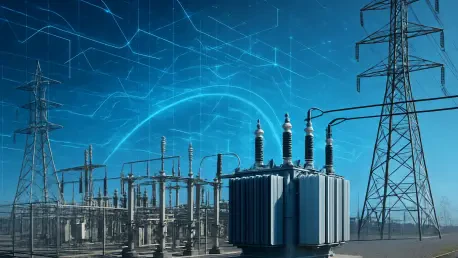
In a bold move to diversify its oil export markets, Alberta, Canada's leading oil-producing province, is exploring a groundbreaking partnership with Japan that could reshape global energy trade dynamics and create new opportunities. With nearly 90% of its 4 million barrels per day of production

Setting the Stage for a Critical Energy Analysis Imagine a scenario where the United States, the world’s leading natural gas producer, faces an unprecedented strain on its resources as two vital sectors—domestic power generation and LNG exports—compete for the same fuel, creating a pressing reality

South Korea’s petrochemical industry, a vital engine of the nation’s economy, stands on the brink of collapse under the weight of a staggering global oversupply, and with profit margins evaporating and exports plummeting, this sector that once powered industrial growth is now grappling with an

I'm thrilled to sit down with Christopher Hailstone, a renowned expert in energy management and utilities, whose deep knowledge of renewable energy, electricity delivery, and grid reliability offers invaluable perspectives on the evolving energy landscape. Today, we’re diving into Sweden's

I'm thrilled to sit down with Christopher Hailstone, a seasoned expert in energy management and renewable energy integration, who brings a wealth of knowledge on grid reliability and security. As our go-to utilities specialist, Christopher has been closely following the advancements in energy

In an era where technology is reshaping every facet of daily life, the electric grid faces unprecedented challenges due to the rapid integration of smart devices and renewable energy sources, transforming how energy is produced and consumed. From electric vehicles to solar panels, the proliferation